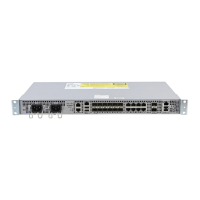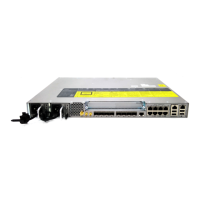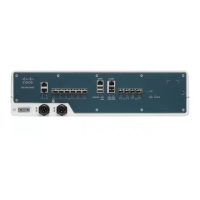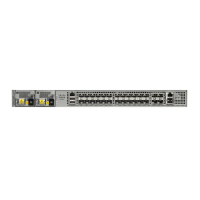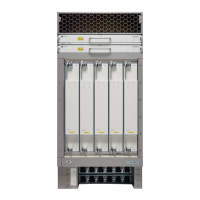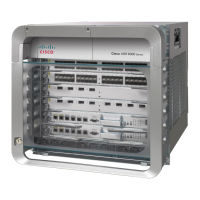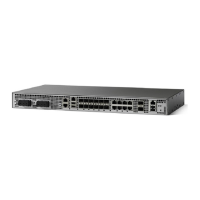VLAN Load Balancing
One edge port in a REP segment acts as the primary edge port and the other as the secondary edge port. It is
the primary edge port that always participates in VLAN load balancing in the segment. REP VLAN load
balancing is achieved by blocking some VLANs at a configured alternate port and all other VLANs at the
primary edge port. When you configure VLAN load balancing, you can specify the alternate port using any
one of the following ways:
•
By entering the port ID of the interface. To identify the port ID of a port in the segment, enter the show
interface rep detail command for the port.
•
By entering the neighbor offset number of a port in the segment, which identifies the downstream
neighbor port of an edge port. The neighbor offset number range is -256 to +256; a value of 0 is invalid.
The primary edge port has an offset number of 1; positive numbers above 1 identify downstream neighbors
of the primary edge port. Negative numbers indicate the secondary edge port (offset number -1) and its
downstream neighbors.
You configure offset numbers on the primary edge port by identifying a port’s
downstream position from the primary (or secondary) edge port. You cannot enter an
offset value of 1 because 1 is the offset number of the primary edge port .
Note
•
By entering the preferred keyword to select the port that you previously configured as the preferred
alternate port in the rep segment preferred command.
When the REP segment is complete, all VLANs are blocked. VLAN load balancing can be triggered in one
of the following two ways:
•
You can manually trigger VLAN load balancing at any time by entering the rep preempt segment
segment-id command on the router that has the primary edge port.
•
You can configure a preempt delay time by entering the rep preempt delay seconds command. After
a link failure and recovery, VLAN load balancing begins after the configured preemption time period
elapses. The delay timer restarts if another port fails before the time has elapsed.
A VLAN load balancing does not start working until triggered by either a manual
intervention or a link failure and recovery.
Note
When VLAN load balancing is triggered, the primary edge port sends out a message to alert all interfaces in
the segment about the preemption. When the message is received by the secondary edge port, a message is
generated in the network to notify the alternate port to block the set of VLANs specified in the message and
to notify the primary edge port to block the remaining VLANs.
You can also configure a particular port in the segment to block all VLANs. VLAN load balancing is initiated
only by the primary edge port and is not possible if the segment is not terminated by an edge port on each
end. The primary edge port determines the local VLAN load balancing configuration.
To reconfigure VLAN load balancing, you must reconfigure the primary edge port. When you change the
VLAN-load balancing configuration, the primary edge port again waits for the rep preempt segment command
or for the configured preempt delay period after a port failure and recovery before executing the new VLAN
LAN Switching Configuration Guide Cisco IOS XE Everest 16.5.1 (Cisco ASR 900 Series)
13
Configuring Resilient Ethernet Protocol
VLAN Load Balancing

